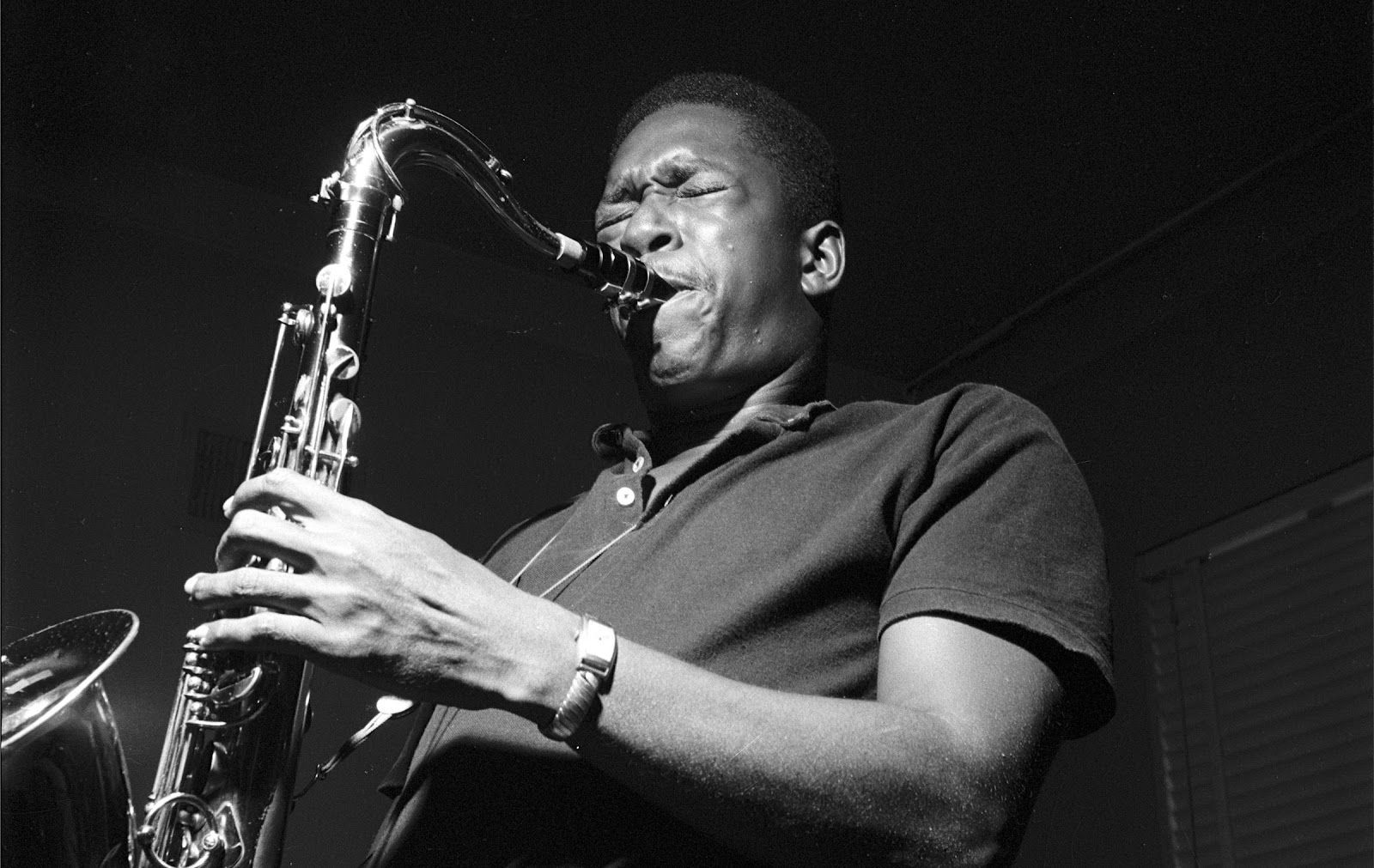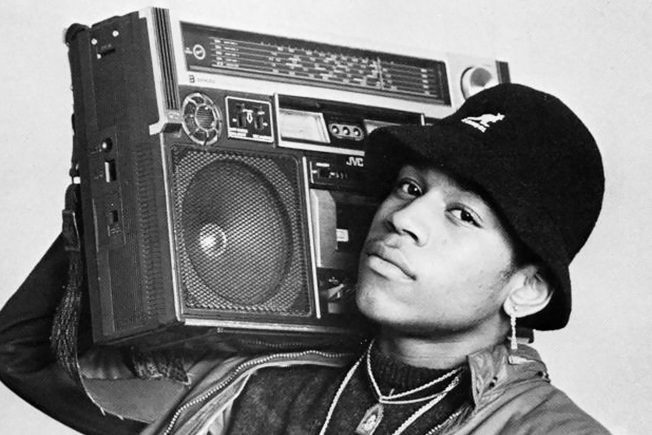Jazz was the first form of popular music that elevated individual musicians to revered status. People would flock to stages all over the world to hear John Coltrane, Duke Ellington, and Louis Armstrong improvise with their bands because they knew them by name. Now practically every artist’s work is inseparable from their name. With this newfound celebrity attached to their creativity, jazz musicians’ wisdom speaks to the modern life of an artist on a fundamental level. Let’s take a look into their minds and see how what they said decades ago applies today.
QUICK LINKS

John Coltrane – Looking Back For Inspiration
As artists, drawing inspiration from other artists can be tricky. How does someone maintain their identity as an artist without copying another? This is a question that has rung through all of music history, and in 1960 Carl-Erik Lindgren asked John Coltrane , arguably the most influential saxophone player in history, the following question.
“How many tenor players have inspired you?”
To which Coltrane replied: “All of them.”
Coltrane welcomed influence openly and freely from everyone who shared his instrument. Yet he was still able to maintain his original sound and style as a tenor player. He even went on to say:
“I didn’t start at the beginning and there’s a lot back there that all young musicians should hear.”
By drawing inspiration from all who came before him, Coltrane naturally rejected imitation. It is possible to imitate one person, but is it possible for one person to imitate the evolution of all music? Is it possible to imitate just one genre of music? Now in 2021 there is 60 more years worth of music history to inspire you. Listen to what came before without expectation and see how it affects your music.
Duke Ellington – You Are Not Alone
Duke Ellington is one of the leading figures in the evolution of jazz. Every single music history textbook mentions Ellington and his pivotal role in popularizing the genre. Yet despite his reverential status as a musician, he would still feel stage fright after performing for over 50 years.
So how would Duke Ellington “blow the fright away” as he told Sven Lindahl in 1963?
“We have an organization of musical instrumentalists who are considered jazz giants internationally, and they make a major contribution toward blowing away this stage fright.” – Duke Ellington
Two key takeaways from the above quote:
- Ellington valued his fellow musicians to the highest degree.
- Ellington leaned on his fellow musicians when he was afraid.
Can you think of any other scary aspects of committing your life to music besides stage fright? You probably can, but no matter the source of the fear, leaning on your fellow musicians can help.
It’s very likely that other “jazz giants” in Ellington’s band felt the same way he did on stage, both in terms of fear and reverence for their fellow musicians. This shared experience of fear united Ellington and his band, and shared fear can unite you and your fellow artists. Be aware of your fears. You take away their power when you shed light on them.
“Ain’t No Styles In Music” – Louis Armstrong
Styles. Genres. Subgenres. Scenes. Etc. At the core what are these words meant to do? They are meant to classify music. Take the art itself and transform it into something definable. Here’s what jazz legend Louis Armstrong said about “styles.”
“All we ever did was play good music. We never worried about styles.”
What purpose can classifying music into different styles serve? If doing so were a completely useless practice genre titles like “rock”, “pop”, and “jazz” wouldn’t have such weight behind them in the world of music.
A better question is WHO do these classifications serve?
- They serve listeners to make it easy to share new music with others.
- They serve the record store owners so they can sort the music they’re selling.
- They serve the managers of DSPs so consumers can find music with ease.
What do all of these roles have in common? They aren’t CREATORS like Louis Armstrong. Creation is best served without pre existing limitations. If someone sets out to make music under a certain style, the resulting music is limited by that person’s understanding of the style in question. If someone sets out to make “good” music, then the resulting creation is a reflection of their unique taste. Good is what feels good to you, trust yourself.
Jazz musicians inspired decades of exploration in popular music. If you feel inspired after reading this, spread the love and send this off to a fellow creative.

Turn your passion for music into a Profession: Learn more about our Music School Programs!
MORE ARTICLES FROM THE ICON BLOG

FIND YOUR SOUND, HONE YOUR CRAFT:
Are you ready to turn music into a career? ICON prepares students to become music producers, composers, performers, recording artists, professional DJs, and entrepreneurs in the entertainment industry. Click below to get information about our award-winning programs:

